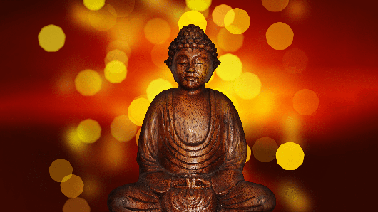Buddhism Through Its Scriptures HardvardX Course Notes
Notes about the practices of Buddhists across time and place. Course Buddhism through its scriptures Edx notes
Last Updated: July 02, 2025 by Pepe Sandoval

Want to show support?
If you find the information in this page useful and want to show your support, you can make a donation
Use PayPal
This will help me create more stuff and fix the existent content...